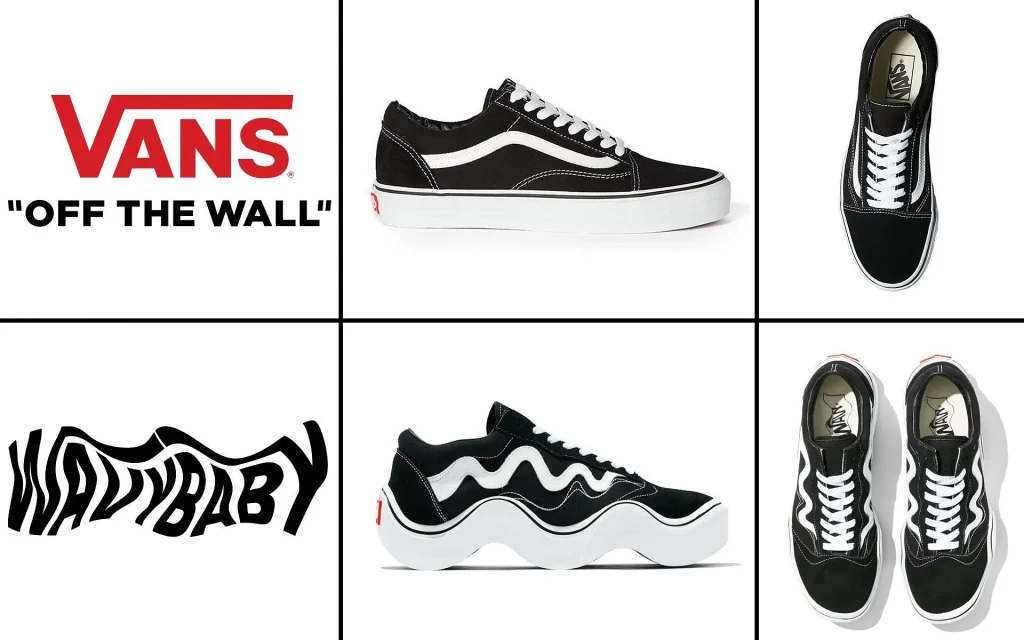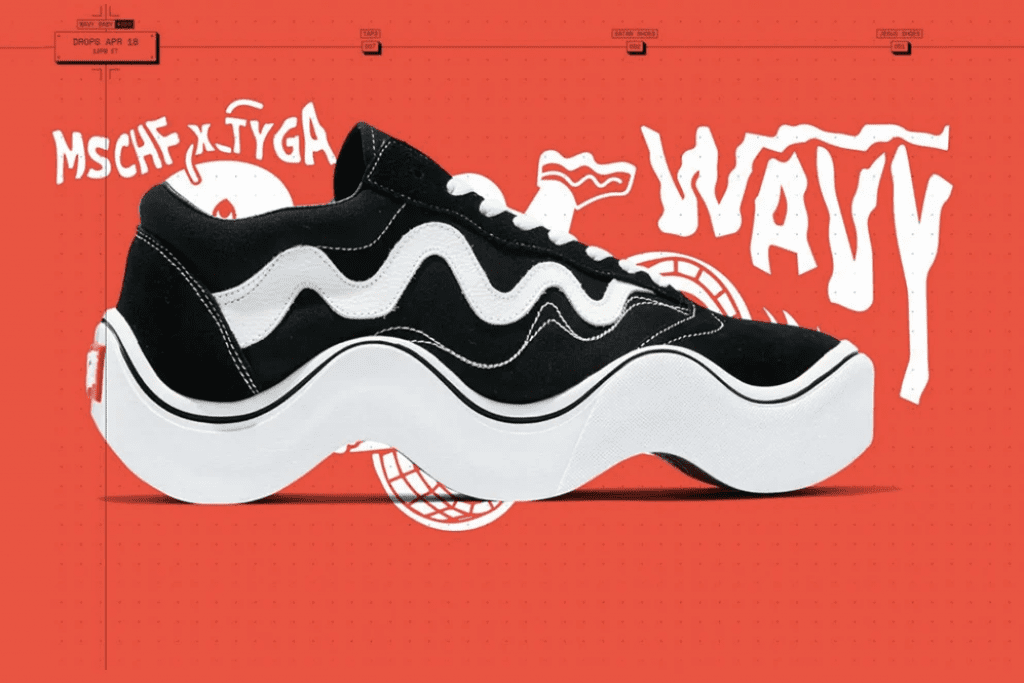A brief filed in connection with the ongoing trademark infringement and dilution case that pits Vans against MSCHF asks a federal appeals court to rein in a test that enables “would-be infringers to avoid [trademark] liability merely by claiming they have incorporated some expression into their products that simultaneously misappropriate another’s mark.” In an amicus brief filed on June 24, the International Trademark Association (“INTA”) urges the U.S. Court of Appeals for the Second Circuit – which crafted the Rogers test in its 1989 decision in the Rogers v. Grimaldi case to “shield authors of expressive works from being unduly limited in their expression due to trademark rights” – to confirm that the test applies “only to traditionally expressive works, not ordinary consumer products” … like sneakers.
Beyond that, INTA is looking to the Second Circuit to provide “a gatekeeping definition of ‘expressive works’ that will provide courts and litigants with more certainty when considering whether the strong First Amendment protections of Rogers should apply or whether traditional trademark principles are more appropriate to better balance trademark rights with free speech.” That definition, per INTA, should characterize an “expressive work” as one where “the expression cannot be removed from the product without it ceasing to be the same product, i.e., that the expression is conceptually inseparable from the product.”
According to INTA’s brief, which was authored by Vijay K. Toke, Martin Schwimmer, and David Donahue, such a determination from the Second Circuit is critical to “ensure proper application of Rogers and to avoid the extension of the Rogers test to cases involving ordinary consumer products, which would lessen protection against infringements afforded to trademark owners and expose consumers to confusion.” (Under Rogers, the unauthorized use of another’s trademark in an expressive work is shielded from liability under the Lanham Act unless it “has no artistic relevance to the underlying work whatsoever” or has “some artistic relevance, [but] explicitly misleads as to the source or content of the work.”)
Despite being established to “balance trademark rights and free speech rights in the context of the title of an expressive work” and courts’ practice of “consistently limit[ing] Rogers to cases involving the use of trademarks in such expressive works, with notable recent exceptions in the Ninth Circuit,” namely, in the Bad Spaniels case, INTA states that “litigants have increasingly claimed that the inclusion of any purportedly expressive content on an otherwise ordinary consumer product qualifies for the heightened First Amendment protections in Rogers, including in this case.” (In the case at hand, the purportedly expressive content comes in the form of sneakers that allegedly infringing Van’s Old Skool trademark, among others.)

The application of the Rogers test to ordinary commercial products is not only unnecessary given the “significant protections for free speech and parody appearing on ordinary commercial products” that are already provided by “traditional trademark principles,” per INTA, the trademark entity argues in the brief that more fundamentally, the test’s artistic relevance prong does not make sense for ordinary consumer goods. While the artistic relevance prong makes sense when the artistic expression (or on the flip side, the alleged infringement) “cannot be separated from the type of work at issue,” the same cannot be said for things like “coffee mugs, tote bags, dog toys, or sneakers” – i.e., products that “retain their functionality even if all expression has been stripped from them.”
Ultimately, if a defendant’s work is “not a work of authorship but rather a utilitarian product (e.g., a coffee mug, tote bag, dog toy, or sneaker), then Rogers’s heightened ‘explicitly misleading’ test too strongly shields defendants except in the most blatant of infringements,” INTA contends. “Applying the Rogers test to such products will potentially allow parties to avoid trademark liability merely by claiming to have added some expression to any ordinary consumer product, thereby enabling them to confuse consumers and trade on the goodwill of trademark owners.”
Turning its attention to the Vans v. MSCHF case, INTA states that unlike in Rogers, in which the product was a movie (with an allegedly infringing title), the product in question is a shoe, “albeit one claimed to be art.” MSCHF has argued that the Wavy Baby project is expressive, as it comments on “consumerism in sneakerhead culture (that Vans helped to create) and the intersection of the physical and virtual worlds (the boundary of which Vans straddles by selling ‘digital shoes’ and other ‘digital skate gear’ in the metaverse),” and yet, INTA claims that “stripping all the expression from a shoe would still yield a functional shoe.”
“The District Court’s findings regarding the sizing of the shoes and replacement of sizes for consumers suggest that however uncomfortable or impractical the shoes were, consumers purchased them as shoes, not art,” INTA continues, stating, thus, that “traditional trademark principles provide an appropriate rubric for adjudicating this case to balance both trademark rights and free expression.”
As such, INTA argues that the court “should take this opportunity to confirm the narrow circumstances in which the Rogers test applies and define an ‘expressive work’ as one where the defendant’s expression is inextricable from the product.” Its filing and other recently-lodged amicus briefs come as MSCHF has sought intervention from the Second Circuit following the district court’s award of a preliminary injunction for Vans in early May, which requires MSCHF to refrain from marketing, displaying, offering up and/or fulfilling existing orders for its allegedly infringing Wavy Baby sneakers.
Not the only headline-making case in which the Rogers test has been cited recently, counsel Mason Rothschild has argued that the creator of the allegedly infringing MetaBirkins non-fungible tokens (“NFTs”) should be shielded from trademark liability on the basis that his “fanciful depictions of fur-covered Birkin bags and his identification of his artworks as ‘MetaBirkins’ are artistically relevant and do not explicitly mislead about their source or content,” and thus, are protected as artistic expression under the First Amendment.
In an order last month, Judge Jed Rakoff of the U.S. District Court for the Southern District of New York determined that there may be an “artistic aspect” to the images tied to the MetaBirkins NFTs (making the Rogers test applicable). However, he also held that Hermès has sufficiently set out allegations that Rothschild’s use of “MetaBirkins” was not artistically relevant or was explicitly misleading and therefore, failed to meet the Rogers test, and thus, he denied Rothschild’s motion to dismiss the suit that Hermès’ lodged against him early this year.
The case is Vans, Inc. v. MSCHF Product Studio, Inc., 1:22-cv-02156 (EDNY).














